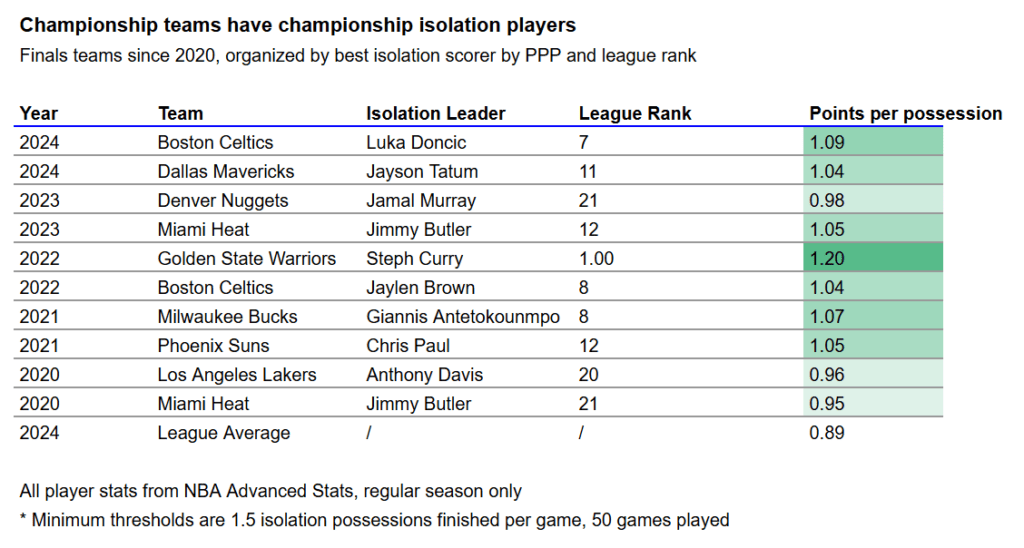At first, the chariot was not harnessed to its greatest possibility. The earliest example, likely from Sumer, was more of a solid-wheel cart drawn by donkeys, used perhaps in war but more likely exclusively as an agricultural tool. But the Hittites and especially the Hyksos saw the possibility for more, and the Hyksos used the chariot to invade and conquer Egypt. At the time, Egypt — then in the decline of its Middle Kingdom — was weak and fragmented, and it was easily conquered. But the chariot still wasn’t being used properly.
Egyptians made the chariot much lighter. Faster. They trained horses specifically to pull chariots at high speeds. They used the lightest wood they could, often acacia, and used spokes to make the wheels as light as possible. There were shocks, making the platform stable enough that an archer could shoot accurately while on the move. With those improvements, Egypt reconquered the Lower Kingdom and even projected its power far into the Middle East. It was the height of Egyptian territorial expansion, coming hot on the heels of its lowest point. And it was all unlocked by optimizing a technology that to that point had never seen its ideal in reality.
Scottie Barnes must be one of the most unique stars in basketball. But, like the chariot, he hasn’t yet been harnessed in a way that fully unlocks his powers.
Most stars qualify as such because they’re just so good at putting the ball in the net. For most wings and forwards like Barnes, such scoring opportunities come via pick and rolls and isolations.
And Barnes does succeed in those playtypes. He spent long stretches last season as a pick-and-roll leader, with sky-high points per chance on such sets — particularly when seeing double picks. He came into the league a polished post and isolation player, and Toronto’s efficiency when Barnes sees the ball in those sets has long been terrific. Yet Barnes has done an uncommon share of his damage in such sets as a passer. In fact, if you isolate such plays to only include direct end-of-possession results (shots and turnovers), Barnes scored below 0.9 points per possession as a pick-and-roll handler and an isolation scorer last season. Both marks were below the league average.
It’s actually incredible, from that point of view, that he was still so efficient in such sets despite scoring at a below-average rate. And there were plenty of reasons why his scoring wasn’t more efficient: a high frequency of double-teams, the ability of defenders to stunt and gap quite liberally without fear of punishment, and opposing game plans that could focus entirely on him without worry. Yet, his scoring improved! In many ways, his improving efficiency on virtually every playtype was a reflection of his improved ability to reach the paint, to threaten defenses as a scorer, to force rotations: more passes only become available to players because of the threats they pose as a scorer. If you can’t score, you don’t have those passes available to you. And Barnes can score — 20 points per game on quite solid efficiency is nothing to scoff at.
The thing is, the best teams have significantly more polished scorers. And in the hardest playtypes, too. In the NBA, there is a difference between a bucket coming off a cut, or a spot-up shot, or in transition — and one that you manufacture from a dead standstill, with all eyes on you. The best players of course need to be able to do all of the above. But the latter category is increasingly overlooked as a necessity on good teams. If you look at the last 10 teams to go to the Finals, every one rostered an isolation leader.

Barnes was the only Raptor to meet those thresholds last year, and he averaged 0.70 points per possession when finishing a chance with a shot, drawing a foul, or a turnover out of isolation. And though that was low for him, he hasn’t cracked 0.90 points per possession in his career. Barnes may be Toronto’s leader and best player, but it will take great improvement if he will be an isolation scorer the caliber of which championship contenders roster.
At this point, it’s worth mentioning that two Raptors last season did have the efficiency out of isolations — though not the frequency or games played. RJ Barrett (1.12 points per possession) and Immanuel Quickley (1.11) both had stellar isolation-finishing seasons as Raptors. It is relatively easy to write off Quickley’s — he actually shot very poorly from the field out of isolations (with an effective finishing percentage of 45.7), but his shooting foul frequency of 19.6 percent was absurd. So absurd that it simply isn’t telling us too much beyond small-sample size noise. He has long been above the 80th percentile in drawing fouls, so he is good! But his career rate is just above 10 percent. Given that he finished fewer than 60 isolation possession as a Raptor last year with a shot, free throws, or turnover, it’s likely that the stellar points per possession is driven largely by luck with fouls. (Especially because it wasn’t close to that rate in New York.)
But Barrett, on the other hand, might be Toronto’s best bet.
It’s questionable whether he can retain such efficiency going forward as a Raptor, but there is reason to believe he can get close. In fact, I wrote about that very topic here. A relevant passage:
If his driving remains a focal point, if he continues getting so deep in the paint, if his touch shots on the drive keep falling, if his triples remain accurate, if his choices with the ball in his hands stay immaculate, etcetera. Perhaps any of those elements is likely to remain true, in a vacuum, given the beneficial context in Toronto. But all together? That seems unlikely, especially given the historic lack of precedent.
Barrett has room to regress while still remaining a hugely beneficial player. Say his accuracy from deep drops from 39 percent to 37 or even 36. That’s fine. He’ll still draw a relatively similar rate of closeouts, and the driving lanes into which he froths will remain available. Say his finishing at the rim slips a few percentage. Again, that’s fine. He was a top-30 driver in the league last year in Toronto. If that falls to top-50, he’ll still be providing the same high-end option as a possession-finisher.
And Barrett’s clockular consistency has continued from his time as a Raptor to his time in the Olympics. The sample is growing and growing that this is just who he is now. His effective field goal percentage jumped by more than 12 percentage points from New York to Toronto last year. In isolation, it jumped by more than 40 percentage points. Lol. (He shot 15 percent from the floor in isolation as a Knick last year.) Toronto’s efficiency during Barrett’s isolations was also practically the same when he finished those possessions as when he passed out of them, which points further towards him creating actual advantages rather than just having shooting luck.
But he only finished fewer than 30 isolations with shots, free throws, or turnovers, and he only isolated fewer than 70 times total as a Raptor. (He really cut that out of his game in Toronto, despite the success there, and perhaps helping to cause it.) So the sample has to grow, grow, grow for it to be really real.
If Barrett does remain an isolation star (wow! Giddy stuff.) there is precedent for a team’s best player not being its best isolation player. Think DeMar DeRozan isolating while Kyle Lowry was the best player. Or Khris Middleton closing possessions in isolation in the Finals, not Giannis Antetokounmpo. Or Jamal Murray, not Nikola Jokic. It happens all the time. Barnes is as unique a star in basketball as they come. He can impact winning in so many ways that even if Barrett is the man with the ball in his hands down the stretch, that doesn’t shift the texture of the team, the hierarchy, or the roles and values that the two players provide.
Or maybe Toronto finds that elite isolation scorer elsewhere. Maybe they draft him. Maybe they trade for him. It worked before for this franchise. At this point it’s worth mentioning that the Raptors had someone at that level in Pascal Siakam and traded him for cents on the hundo-million dollar, but the Raptors have made their choice, so no point going too deep into that. No matter what, Toronto needs someone to fill the role. The chariot wouldn’t have conquered so much of the world, have driven Egypt back to prominence, without the right factors to enable it. The Raptors are in the same situation. Barnes is already good enough to drive winning on truly great teams. And he’s only going to polish his skills. But there are more factors the Raptors need to add to catalyze the team’s ability to put Barnes in those situations. Isolation scoring is perhaps the most important one of them all.



